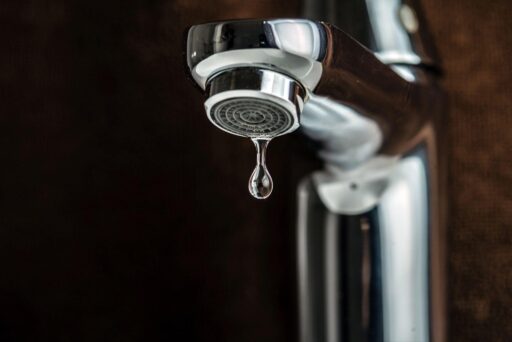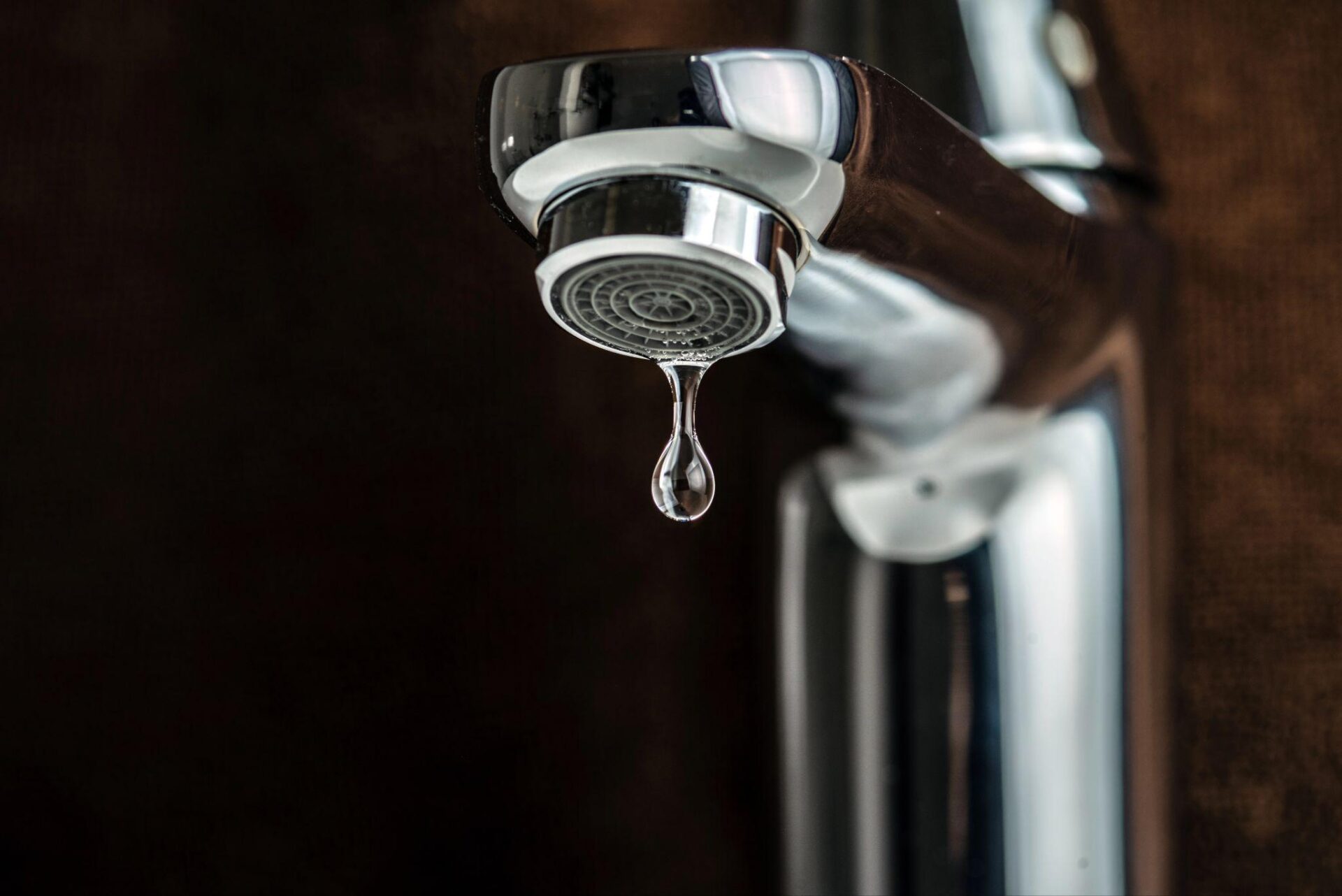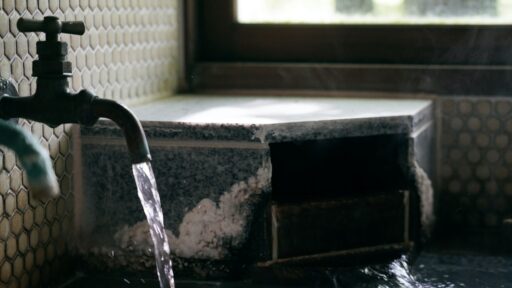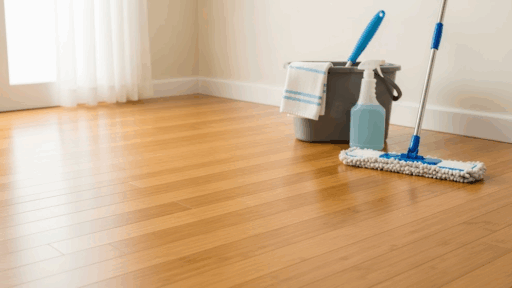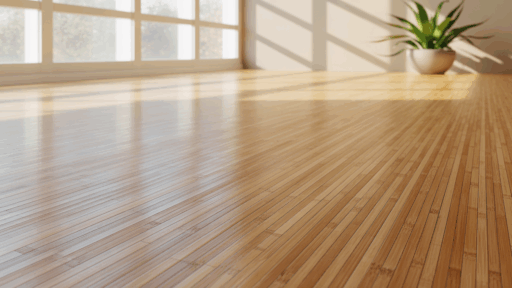If you’re a homeowner, chances are your plumbing system isn’t top of mind—until something goes wrong. But staying one step ahead of pipe issues can make all the difference in protecting your home and saving on unexpected repair costs.
Your plumbing isn’t just a background system—it supports everything from your morning showers to watering the garden. When it’s working well, life runs smoothly. But if something’s off, it can quickly lead to water damage, inflated utility bills, and even serious structural problems like rotting timber or mould growth.
The good news? Spotting the early signs of trouble can help you take action before a minor issue becomes a major headache. Let’s explore five key warning signs that it might be time to take a closer look at your pipes.
1. Unusual Noises Coming from Pipes
It’s normal for your pipes to make the occasional noise. But if you’re hearing strange sounds like knocking, gurgling, or hissing regularly, don’t ignore them. These sounds could point to problems like trapped air or something called “water hammer”—a pressure surge caused when water flow is suddenly forced to stop or change direction.
These issues can loosen pipe joints over time or even cause pipes to burst if left unchecked.
You can try a few simple checks yourself:
- Look for loose pipe straps
- Inspect your water pressure valve
- Try adjusting your pressure-reducing valve
If the noises persist, it’s time to call in a professional. A licensed plumber can pinpoint the exact cause and recommend a solution before real damage sets in.
2. Frequent Clogs and Slow Drains
No one likes standing in ankle-deep water in the shower or waiting forever for the kitchen sink to drain. But when clogs become frequent, they may be more than just a surface problem.
Recurring blockages could signal something deeper—like a damaged or partially blocked pipe. Over time, this can lead to pressure build-up, cracked pipes, or even a full-blown burst, resulting in water damage and expensive repairs.
To help avoid frequent clogs:
- Don’t flush anything other than toilet paper
- Use drain strainers to catch hair and debris
- Avoid pouring grease or food scraps down the sink
If slow drains keep coming back, it’s best to call a professional plumber to investigate. A simple fix now could prevent a much bigger issue later.
3. Discoloured Water
Turn on your tap, and out comes clean, clear water – that’s the expectation. If reality yields anything less than clear, like murkiness or an unexpected colour, it’s time to pay attention. Discoloured or murky water indicates the presence of rust, silt, or minerals within your piping system, often hinting at corrosion or contamination.
Rusty pipes usually cause yellow-to-brown discolouration in the water. In some cases, it could indicate the presence of iron bacteria or indicate that your water heater needs service. Consuming or even using discoloured water for personal hygiene can lead to adverse health effects and damage household equipment and utilities.
If you’re experiencing discoloured water, it’s crucial not to ignore the issue. A temporary solution would be to flush your plumbing system by running your taps consistently for a while to eliminate the discolouration. However, if it persists, you must call a licensed plumber. Ignoring this issue can have harmful implications for your health and the whole plumbing system.
4. Decreased Water Pressure
A noticeable decrease in water pressure can be alarming. Low water pressure makes showers less revitalising and can make many regular tasks, like doing the dishes or doing laundry, frustratingly sluggish.
It’s not just the inconvenience, but low water pressure often indicates issues within your plumbing system — leaks, corroded pipes, or blockages — all of which can escalate if left unresolved. Blockages due to sediment build-up and scaly deposits can restrict water flow in your pipes, while leaks mean part of the water intended for your tap or shower ends up elsewhere.
Quick DIY solutions like checking for visible leaks or ensuring valves are fully open can be attempted. But if such efforts suffer repeated failure, don’t hesitate to seek help from a professional plumber. Delays in addressing problems of low water pressure can frequently lead to higher water bills and reduced efficiency of your home’s water supply system.
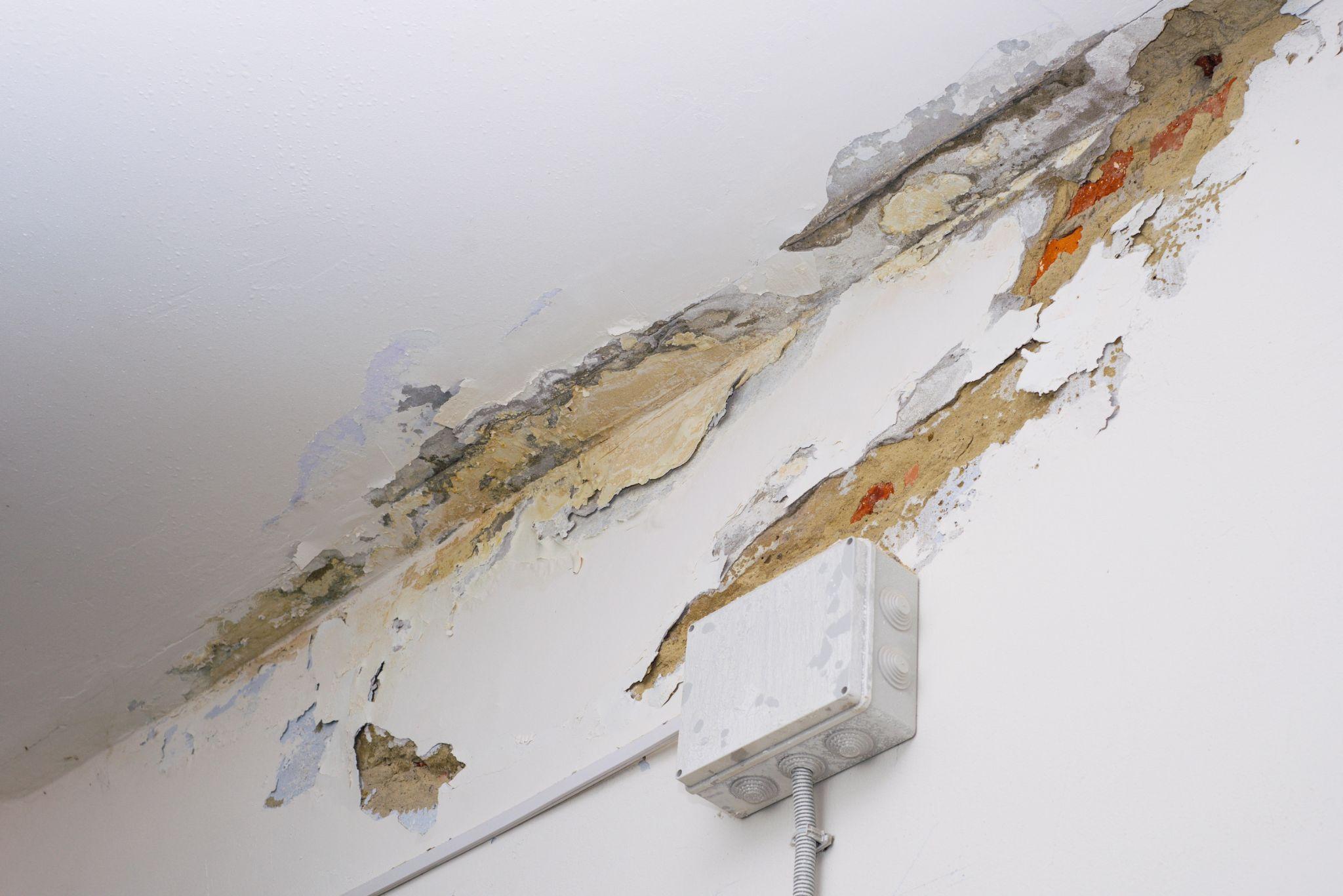
5. Water Stains and Damp Spots
That damp spot on your wall or ceiling might seem small, but it could be the tip of the iceberg. Water stains or unexplained dampness often point to a hidden leak, and those leaks can lead to wood rot, damaged insulation, or even mould.
Mould thrives in moist environments and can cause serious health concerns for your family, especially those with allergies or asthma.
If you notice any signs of dampness or staining:
- Try to trace the source
- Turn off the water supply to limit damage
- Dry the area quickly
- Get a professional inspection
A plumber can locate and repair the leak before it spreads and causes more serious structural problems.
Stay Ahead with Smart Maintenance
Catching pipe problems early isn’t just about avoiding emergencies—it’s about protecting the comfort and value of your home.
By staying alert to signs like strange noises, clogs, discoloured water, low pressure, or damp spots, you can take proactive steps to maintain a healthy plumbing system.
Routine plumbing checks, good drain habits, and knowing when to bring in the pros can save you time, money, and stress. Think of it like caring for your car—you wouldn’t skip oil changes and hope for the best. The same goes for your home’s pipes.
If something seems off, don’t wait it out. Acting early gives you more options and helps prevent small issues from turning into expensive repairs. And when in doubt, call a licensed plumber to get a professional opinion.
Final Thoughts: Protecting Your Home Starts Below the Surface
Your plumbing might not be visible, but it plays a huge role in keeping your home comfortable and functional. Staying mindful of the early warning signs helps you avoid emergencies and costly repairs down the track.
Remember: regular maintenance, prompt action, and professional help when needed are the best ways to ensure your plumbing runs smoothly for years to come.
So the next time your tap starts to gurgle or you notice a strange spot on the ceiling, don’t brush it off. Your future self—and your home—will thank you.

